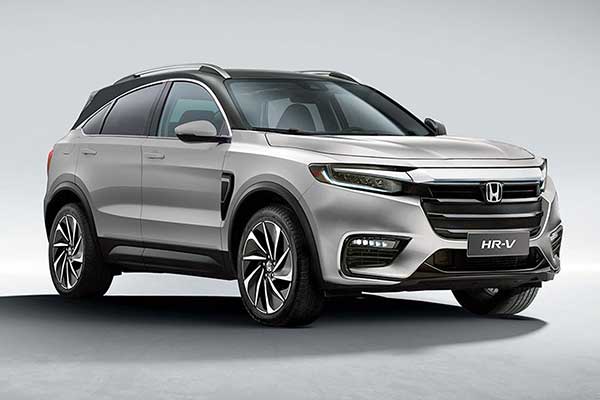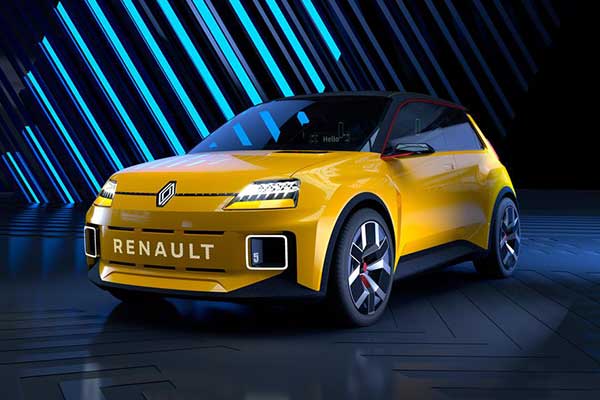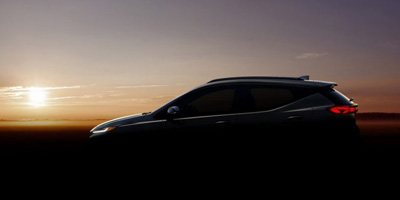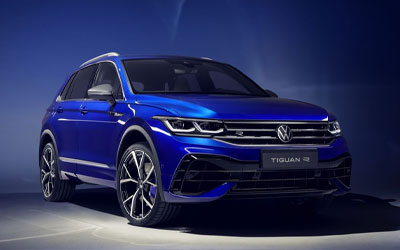The Toyota Fortuner has been a successful proposition to any price-conscious SUV buyers around the world for about a decade now. The affordability and practicality were hard to beat. The first generation Toyota Fortuner was designed on the basis of the Hilux-platform, the second generation, the trend continued with the same qualities. But this time, Toyota has made some crucial substantial improvisations in the car. Depending upon different engine capacity, there are two available models under Toyota Fortuner: Fortuner 2.7L and Fortuner 4.0L.
Upgrades
The new vehicle has the identical 2,650mm wheelbase and longer, wider with much more air inside. To be exactly on point, Toyota Fortuner is 4,795mm long, 1,855mm wide and stands equally amongst one of the tallest SUVs in the market at a level of 1,835mm. They have taken up the new rumble-tumble pickup look and made it look more sophisticated. Toyota has raised the aesthetics quotient so much higher, it is more of a Lexus than Toyota itself. The frontal view is well-adorned with large light clusters and sleek horizontal clusters along with LED headlamps which overall enhances the fortuner’s look.The segmentation of the front bumper has raised the degree of sophistication. The wheel arches have been replaced by slim and protruding black plastic trims.Fortuner’s cabin has been changed from a pickup truck-style cabin to makeshift sedan parts to a more distinctive design that falls in line with the rest. The old and ugly vertical rectangular A/C vents have gone and there are aluminum accents. The 4-spoke steering wheel has been swapped for a sporty 3-spoke variety. The vertical center cluster is flanked by soft simulated leather upholstery to offer leg support from both sides, while the white ambient lighting adds a class. The seats are accommodating and large up front.
Features
- If you are looking for the economy of fuel consumption, opt for the base model with the 2.7-liter inline 4-cylinder engine. But it has a limited power of 164bhp and can sound strained when pushed.
- It has a bigger 4.0-liter V6 engine, to give more speed on the straights and more agility across the rough patches.
- The big change in the 2016 model was the upgrade from the 5-speed manual to a more modern 6-speed automatic transmission which has proven its one worth with the slick operation.
- The top-trim V6 model also has paddles behind the steering wheel to help with driver engagement.
- It has the best clocking from 0 to 100km/h dash in just under 9 seconds, on the highway, it has made overtaking over the slower vehicles easier with the relative brisk kick-downs whenever needed.
- The suspension consists of a double-wishbone front end and a four-link suspension rear, optimized for acceptable ride quality.
- The wobbly ride effect of its previous models has been negated to a great extent and the new one shows greater composure on the road.
- The Fortuner gives an average economy in the range of 15-16L/100km but light throttle application and limited four-wheel drive usage to help the new 6-speed drop.
- It has an 80-liter tank for extended range and an eco mode that dampens throttle response.
- For those who like to keep themselves occupied with some entertainment in the car, they have a basic 6-speaker audio unit equipped with FM/AM radio and mp3 player, also the USB ports and aux-in.
- The top-spec model comes out with two 8-inch entertainment screens in the rear to help parents keep their kids occupied on long hauls. The interface to the infotainment system is basic but useable and runs on the latest version of their software.
Safety
Even though the Fortuner is an entry-level SUV, Toyota has included all the many mandated safety features such as ABS and EBD, ISOFIX anchor points for child seats, parking sensors, rear camera, and cruise control to make driving and parking less of a chore. It comes equipped with plenty of airbags and seat-belt pre-tensioners.





